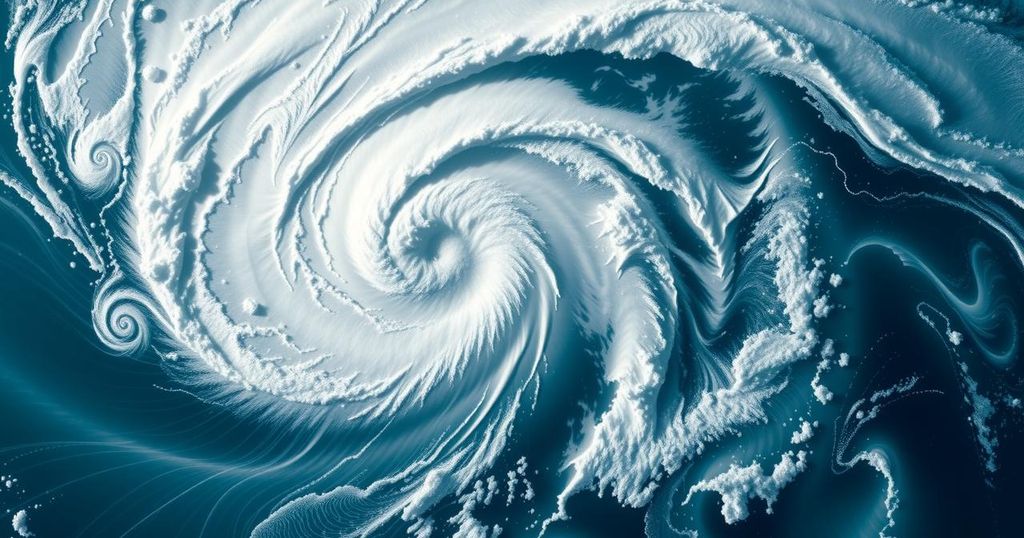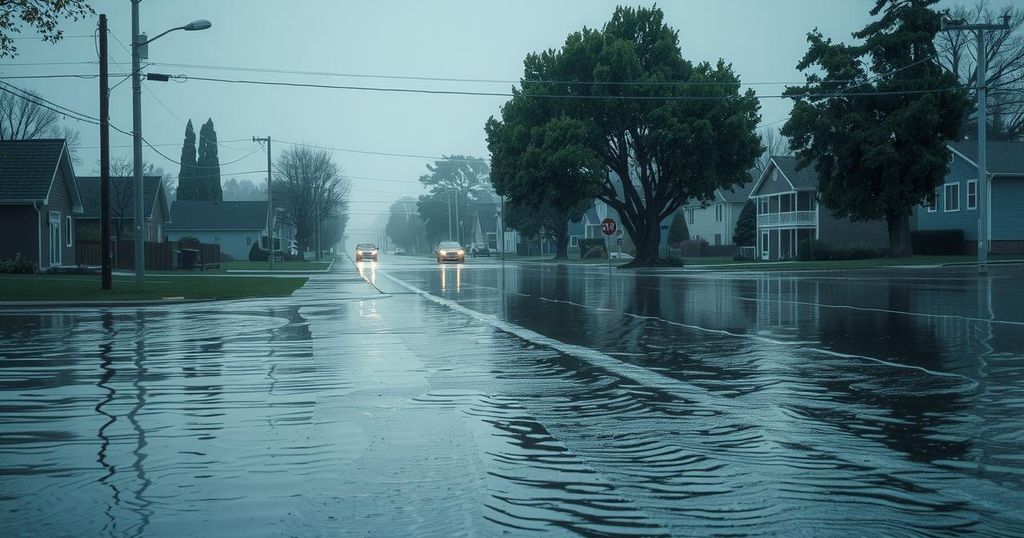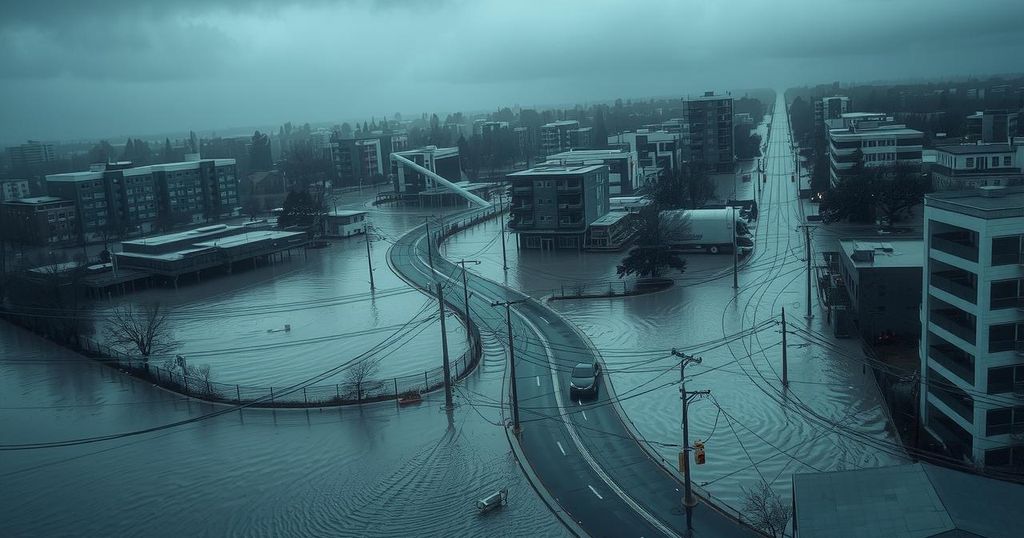Understanding the Formation of Hurricanes
Hurricanes, or tropical cyclones, form through a combination of warm ocean waters, atmospheric pressure changes, and the Coriolis effect. The process begins with a tropical wave and involves the rise of warm, moist air, leading to intense thunderstorms and cloud formation. Once the storm reaches a certain wind speed, it is classified as a hurricane, which spins due to the Earth’s rotation and eventually weakens upon landfall due to the loss of warm water.
Hurricanes, scientifically termed “tropical cyclones,” arise from a unique combination of meteorological conditions. The genesis of a hurricane begins with a tropical wave, an area of low atmospheric pressure that emerges off the African coast. This wave typically develops when the hot, dry air of the Sahara interacts with the cooler, humid air from central Africa, often resulting in thunderstorms.
Warm ocean waters, specifically those with temperatures above 26.5°C (approximately 80°F), serve as the next crucial element. As these tropical waves move over warm waters, the resultant warm, moist air begins to ascend, creating a region of lower pressure at the surface. The disparity in pressure prompts air from surrounding areas of higher pressure to rush in, while this incoming air also becomes warm and moist, subsequently rising.
As the moist air ascends, it cools at higher altitudes, condensing into clouds and releasing heat, which further energizes the developing storm system. This process repeats, culminating in the formation of towering cumulonimbus clouds. For a tropical cyclone to intensify into a hurricane, the wind patterns at the upper levels must remain relatively calm, preventing the scattering of the newly formed clouds. A storm is classified as a hurricane when sustained winds exceed 74 miles per hour.
The rotation of hurricanes results from the Coriolis effect, which arises from Earth’s rotation. The speed at which an object moves varies with latitude, causing winds to be deflected. When different wind patterns interact, they initiate a swirling motion, leading hurricanes to spin counterclockwise in the Northern Hemisphere and clockwise in the Southern Hemisphere. At the core of this storm lies the eye, a region of relative calm surrounded by the violent weather.
As long as hurricanes maintain access to warm ocean waters, they continue to grow in intensity. Upon making landfall, these storms can unleash massive rainfall, uproot trees, and generate hazardous storm surges. Eventually, the absence of warm water depletes the hurricane’s energy, leading to its dissipation.
Hurricanes are among nature’s most formidable natural disasters, classified scientifically as tropical cyclones. Their formation is contingent upon specific environmental conditions, including warm ocean temperatures and atmospheric pressure fluctuations. Understanding the underlying mechanisms of hurricane development is crucial for forecasting and mitigating the impacts these storms have on coastal communities. The interaction between warm ocean water and atmospheric phenomena typically gives rise to these powerful storms, demonstrating the dynamic nature of our planet’s weather systems.
In summary, the formation of hurricanes is a complex process that begins with a tropical wave and requires warm ocean waters and specific atmospheric conditions. The interplay of heat and pressure facilitates the ascent of moist air, resulting in cloud formation and eventual storm development. The Coriolis effect further contributes to the characteristic rotation of hurricanes. As these storms travel over warm waters, they can intensify, but they ultimately dissipate once they encounter land, lacking the necessary fuel supply.
Original Source: www.pbs.org




Post Comment